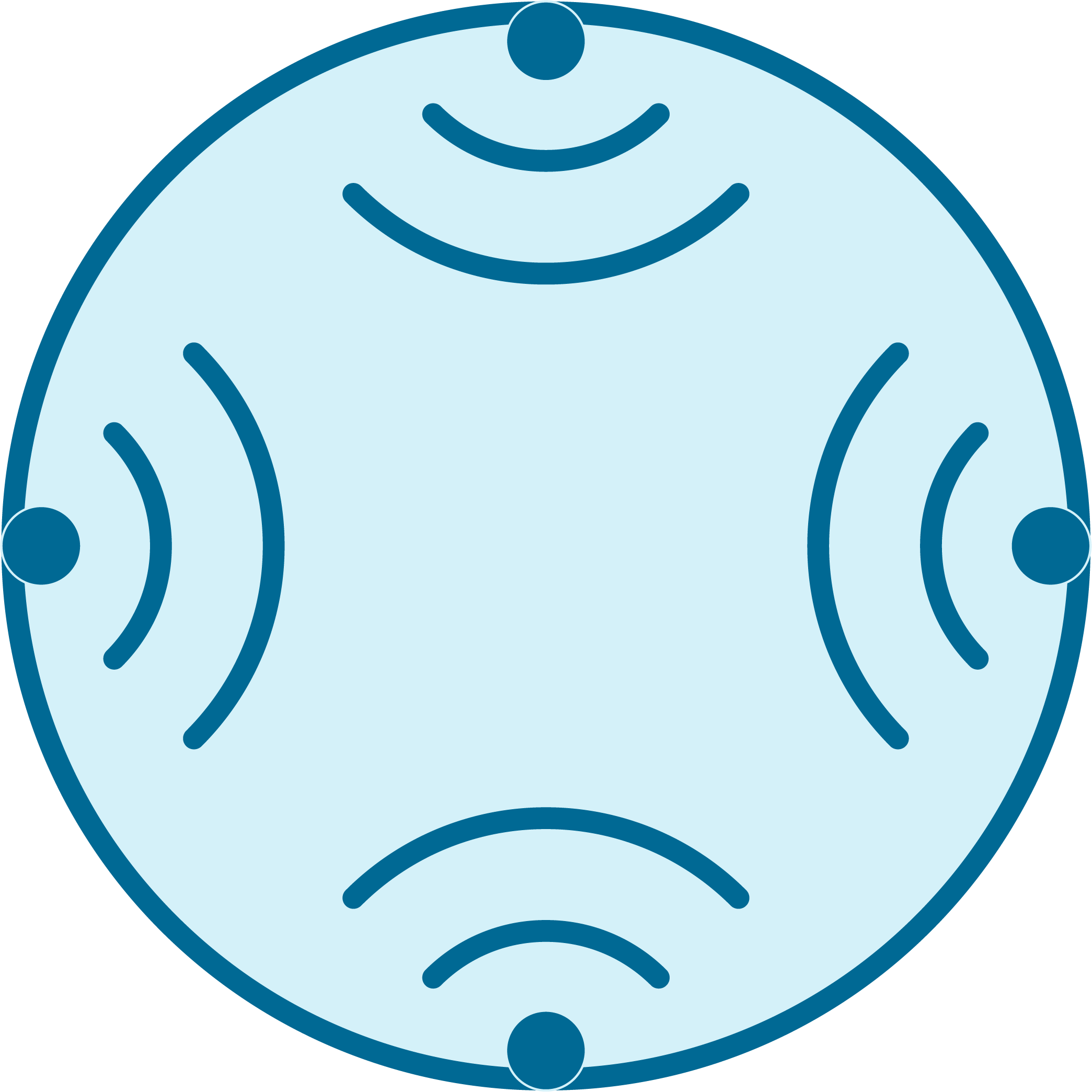Our Technologies
The development of marine aquaculture requires the reliable supply of fish eggs and larvae in desirable quality and quantity from land-based hatcheries, instead of relying heavily on wild-caught fry, as a majority of marine fish stocks are under pressure, fully exploited or overfished. Driven by this high pressure and demand, the partners from Malta and China will work together to solve the common problems in marine hatcheries, including low controllability, high labor dependence, and compromised water quality. This project will also innovate the common hatchery practices, changing from empiricism based operation to data-based standardization, in order to achieve a reliable production of marine fry and follow the global IoT development.
Ultrasound Disinfection Device
The ultrasound disinfection device, developed by the Department of Food Sciences and Nutrition at the University of Malta, uses sonofragmentation of particulate matters on the water to achieve a disinfection effect. The assistance of flow cell design to regulate water flow for treatment will further increase the self-cleaning ability of the tanks and ensure optimum water quality for the hatchery process. It will be introduced to marine hatcheries for the first time and has great potential for the disinfection of water with no chemical inputs, further minimizing the impacts of the system.
Bottom Cleaning Device
Developed by the Fishery Machinery and Instrument Research Institute, the bottom cleaning device will apply syphon principles and investigate pipe driving methods, routes and water absorption, to minimize the stress response of fish larvae while maximizing cleaning abilities. It will further improve the self-cleaning abilities of the system, offering a better, controlled environment for marine larvae.
Automatic Live Feed System
AquaBioTech will develop an automatic live feeding system to ultimately control bacterial growth and improve water clarity. Temperature of live feed culture will be investigated to encourage nutrient retention and multiple deployment outlets will also be tested to increase encounter rate and overall achieve timed, high-precision feeding.
Embryonic Image Analyser
The image analyser, developed by the Fishery Machinery and Instrument Research Institute, will collect the colors and greyscales of fish eggs, and digitalize the data to compare the embryonic status along the hatching process. It is an advanced approach in the marine hatchery and will closely monitor the embryonic development so that management plans can be adjusted immediately.




